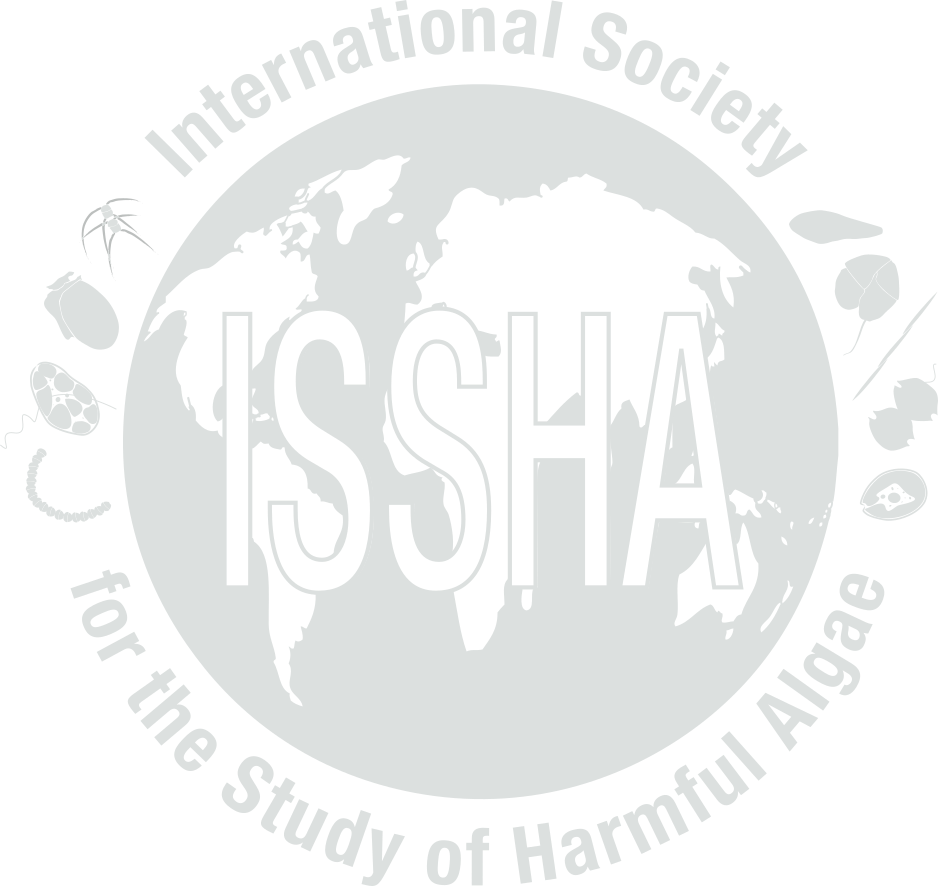


| Event name: | US-91-001 | |
| Country: | UNITED STATES | |
|
Nature of the harmful event: |
Seafood toxins | |
|
Event directly affected: |
||
| Toxicity detected: | Yes (Approximate range: 120 µg STXeq / 100 g) | |
| Associated syndrome: | PSP | |
| Unexplained toxicity: | No | |
| Species implicated in toxin transmission (transvector): | ||
| Report the outcome of a monitoring programme: | Yes | |
| Event occurred before in this location: | Yes (Annual event since 1972, usually in May/June.) | |
| Individuals to contact: | WHITE, Alan | |
| Location: | Latitude: , Longitude: | |
| General location information: |
Massachusetts and Georges Bank., Massachusetts. HAB Area code(s): US-04 US-06 |
|
| Additional location information: | Northern coast of Massachusetts (area 4), Georges Bank (offshore, area 6). | |
| Bloom event dates (yyyy/mm/dd): | ||
| Quarantine levels dates (yyyy/mm/dd): | ||
| Additional date-related information: | June - July. | |
| Causative organism known: | Yes | |
| Causative Species/Genus: |
Alexandrium tamarense
( cells/L)
Alexandrium fundyense ( cells/L) |
|
| Co-Ocurring Species/Genus: | ||
| Chlorophyll concentration, if known: | µg/l | |
| Additional bloom information: | Alexandrium fundyense and/or A. tamarense (variety not determined). | |
| Event-related bibliography: | ||
|
||||||||||||||||||||||||||
| Nutrient information: | ||||||||||||||||||||||||||
| Temperature Range During Event: | Max: °C, Min: °C | |||||||||||||||||||||||||
| Salinity Range During Event: | ||||||||||||||||||||||||||
| Bloom location in the water column: | ||||||||||||||||||||||||||
| Growth: | Advected | |||||||||||||||||||||||||
| Growth Comments | Advection from the North is the most likely cause of toxicity. The cause of the offshore toxicity and its linkage with inshore toxicity remains to be clarified. | |||||||||||||||||||||||||
| Additional Environmental information: | ||||||||||||||||||||||||||
|
|||||||||||||||||
| Kit used: | Type of kit used: | ||||||||||||||||
| Additional information: | Low toxicity levels; reached only 120 µg/100 g in coastal soft-shell clams (Mya arenaria) in June and started to decline in July. | ||||||||||||||||
| Economic losses: | |||||||||||||||||
| Management decision: | Shellfish closure along northern coast of Massachussetts. Continuation of the closure of Georges Bank to shellfishing. | ||||||||||||||||
| Additional harmful effect information: | Toxins that accumulated in 1990 persisted in Georges Bank surf clams (Spisula solidissima) at several hundred µg/100 g, with possible slight increase in toxin levels occurring in July 1991. | ||||||||||||||||
